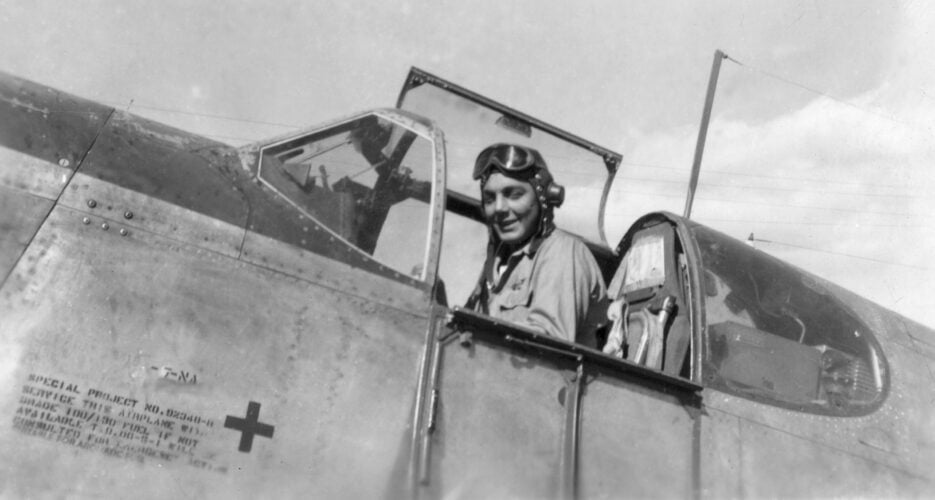The U.S. Air Force Captain Harry Cecil Moore was just 27 years old when his F-51 Mustang was shot down over the Yellow Sea during the Korean War, deep in North Korean territory. His warplane splashed down roughly 100 feet from shore and was never seen again, his wife Lois confident he had not survived.
Over a half century later, Lois received a startling letter from the government: Newly unsealed Soviet archives revealed Harry may have survived the fateful crash, and a little-known federal agency called the Defense Prisoner of War/Missing Personnel Office (DPMO) was working to learn what happened to him.
The U.S. Air Force Captain Harry Cecil Moore was just 27 years old when his F-51 Mustang was shot down over the Yellow Sea during the Korean War, deep in North Korean territory. His warplane splashed down roughly 100 feet from shore and was never seen again, his wife Lois confident he had not survived.
Over a half century later, Lois received a startling letter from the government: Newly unsealed Soviet archives revealed Harry may have survived the fateful crash, and a little-known federal agency called the Defense Prisoner of War/Missing Personnel Office (DPMO) was working to learn what happened to him.
Become a member for less
than $5.75 per week.
Unlimited access to all of NK News: reporting, investigations, analysis
The NK News Daily Update, an email newsletter to keep you in the loop
Searchable archive of all content, photo galleries, special columns
Contact NK News reporters with tips or requests for reporting
Get unlimited access to all NK News content, including original reporting, investigations, and analyses by our team of DPRK experts.
Subscribe now
All major cards accepted. No commitments – you can cancel any time.












